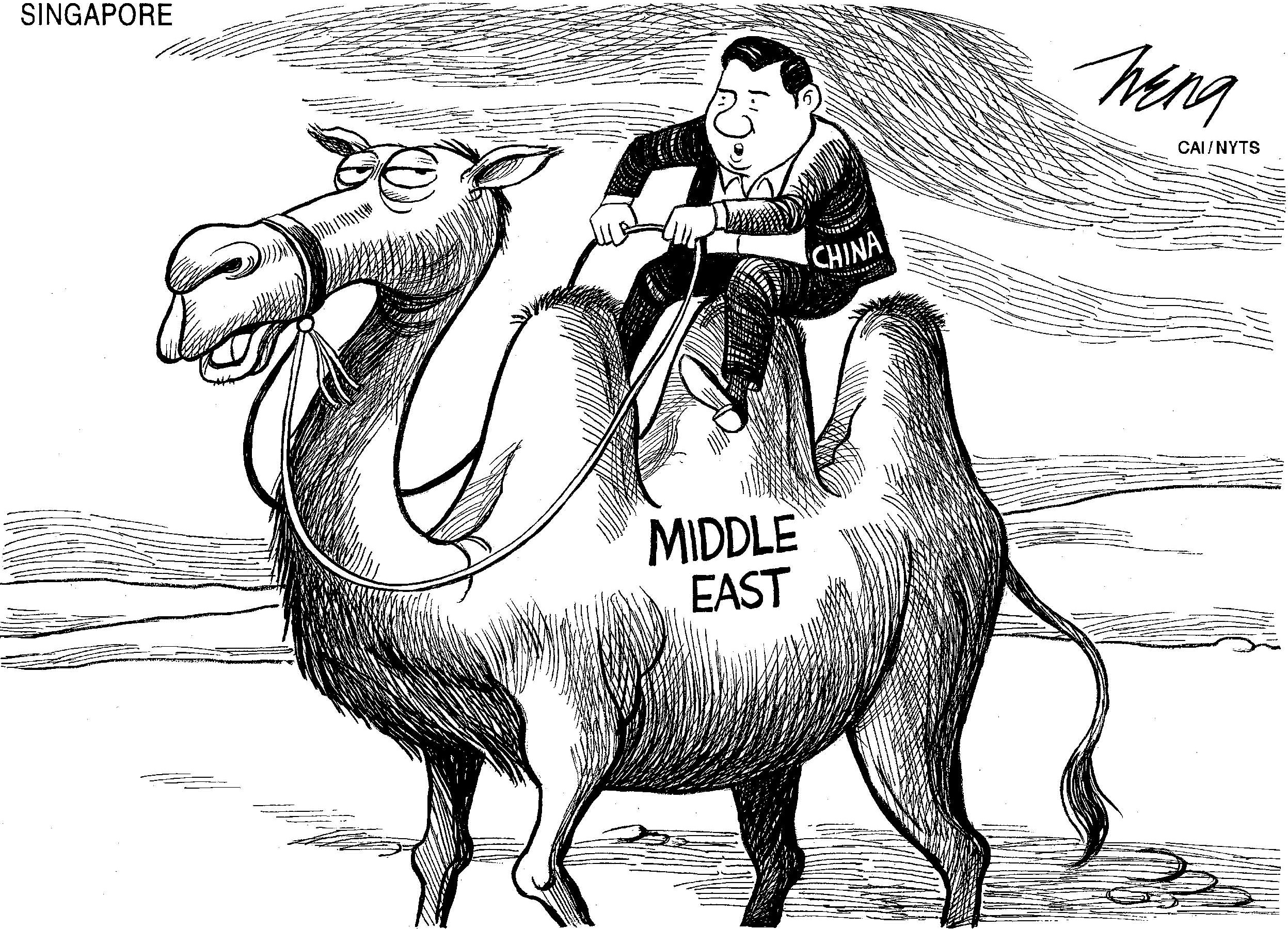Those who have criticized China's cautious foreign policy need to reconsider their position, following President Xi Jinping's recent visit to Saudi Arabia and Iran — two major Middle Eastern powers that are currently at each other's throats. The visits reflect the more active foreign policy approach that Xi has spearheaded, particularly in the Middle East. This new approach raises an important question: Can China's impact on the region be more constructive than that of the United States?
Now is certainly a tense time to become involved in the Middle East, a region where, as Richard N. Haass argues, a New Thirty Years' War, in which "civil wars and proxy wars become impossible to distinguish," is unfolding. A key factor in unleashing the current chaos — which represents the convergence of numerous deep-rooted challenges and conflicts — was America's 2003 invasion of Iraq. By eliminating Saddam Hussein's Sunni regime, the U.S. paved the way for a Shiite-led government, a development that tilted the regional balance of power toward Iran and left Sunni-ruled Saudi Arabia feeling encircled by a Shiite coalition.
That is why Iran and Saudi Arabia are so deeply involved in Syria's civil war. They know that the fate of President Bashar Assad's Alawite regime will have significant implications for the regional order. For Saudi Arabia, reining in Iran is all the more important in the wake of the recent agreement on the country's nuclear program, which has resulted in the lifting of international economic sanctions that have long constrained Iran's regional leadership ambitions.



